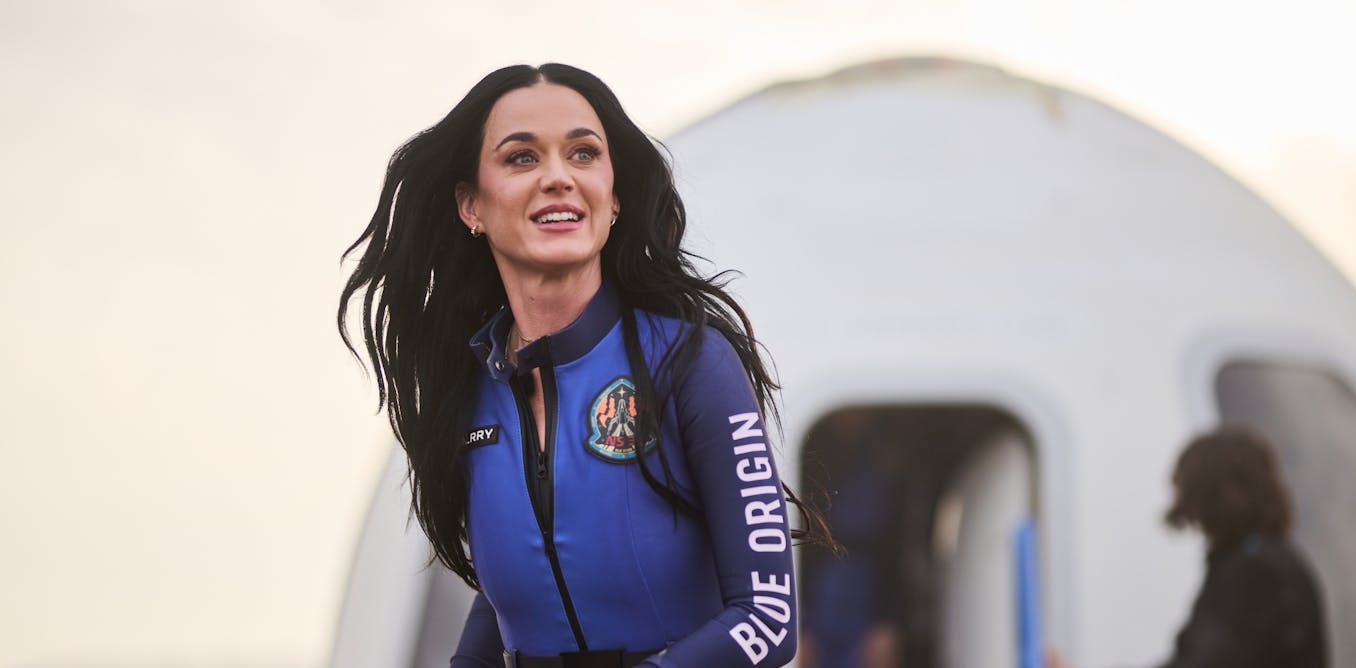Stars, Rockets, and Climate Chaos: Katy Perry's Cosmic Controversy Unveiled

Katy Perry's Cosmic Controversy: A Star-Studded Space Misadventure
Pop sensation Katy Perry and her celebrity entourage have found themselves at the center of a heated controversy following their recent space expedition. What was intended to be a groundbreaking adventure has quickly devolved into a public relations nightmare, with critics unleashing a barrage of criticism that seems entirely justified.
The high-profile journey, which was meant to capture the imagination of fans and push the boundaries of celebrity exploration, has instead exposed a tone-deaf approach to space travel and global priorities. Social media and industry commentators have been ruthless in their assessment, pointing out the stark disconnect between the glamorous space trip and the pressing issues facing humanity on Earth.
Experts argue that the expedition represents nothing more than a lavish display of privilege, highlighting the growing divide between celebrity excess and real-world challenges. The backlash is not just about the trip itself, but about the broader implications of such self-indulgent space tourism when countless global problems remain unsolved.
Perry and her companions have yet to provide a substantive response to the mounting criticism, leaving many to wonder about the true purpose and value of their celestial escapade. As the controversy continues to escalate, it serves as a stark reminder of the growing scrutiny faced by celebrities who seem increasingly out of touch with reality.
